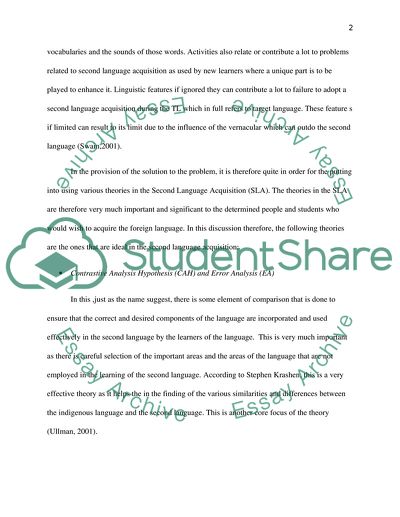Cite this document
(“SLA Theories Essay Example | Topics and Well Written Essays - 1500 words”, n.d.)
Retrieved from https://studentshare.org/education/1642318-presentation-of-my-igniting-question-connected-to-sla-theories
Retrieved from https://studentshare.org/education/1642318-presentation-of-my-igniting-question-connected-to-sla-theories
(SLA Theories Essay Example | Topics and Well Written Essays - 1500 Words)
https://studentshare.org/education/1642318-presentation-of-my-igniting-question-connected-to-sla-theories.
https://studentshare.org/education/1642318-presentation-of-my-igniting-question-connected-to-sla-theories.
“SLA Theories Essay Example | Topics and Well Written Essays - 1500 Words”, n.d. https://studentshare.org/education/1642318-presentation-of-my-igniting-question-connected-to-sla-theories.


